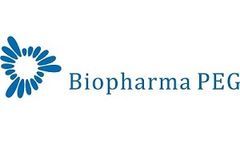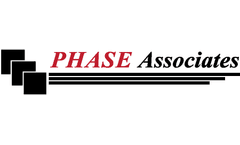Leukemia Aml Articles & Analysis
7 articles found
A major breakthrough occurred with the FDA approval of Venetoclax (ABT-199), a BCL2-selective inhibitor used in the treatment of chronic lymphocytic leukemia (CLL). Venetoclax works by mimicking BH3-only proteins, thereby displacing pro-survival BCL2 proteins and triggering apoptosis in cancer cells. In 2020, a study published in the New England Journal of Medicine demonstrated ...
In 2000, the FDA first approved the ADC drug Mylotarg (gemtuzumab ozogamicin) for adult acute myeloid leukemia (AML), marking the beginning of the era of ADC targeted cancer therapy. ...
Sandwiching the wobble protein between two other layers allowed scientists to get the most detailed picture of a protein that is key to the spread of acute myeloid leukemia. Acute myeloid leukemia (AML) afflicts more than 20,000 Americans each year, killing more than 11,000 of them, according to the American Cancer Institute. ...
Meanwhile, the first patient dosing of NTLA-5001 therapy for acute myeloid leukemia (AML) has been completed. Both the in vivo gene editing therapy and in vitro TCR-T cell therapy utilize LNP-delivered CRISPR-Cas9 for gene editing. ...
ADC Toxicity The FDA approved gemtuzumab ozogamicin (Mylotarg) in 2000 for the treatment of patients with acute myeloid leukemia (AML). Due to reports of veno-occlusive disease, the FDA issued a warning in 2001. ...
Mylotarg, Besponsa, and first-generation cleavable linkers In 2000, the FDA authorized Mylotarg for the treatment of acute myeloid leukemia (AML). It consists of a cleavable linker containing a hydrazone bond that connects kacinomycin to gemtuzumab (a mutant anti-CD33 IgG4 subtype monoclonal antibody). ...
For example, in one year in an office, there was one breast cancer, one leukemia, one lung cancer, one bladder cancer and two pancreatic cancers among 250 employees. ...





